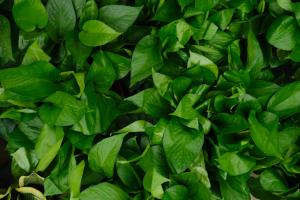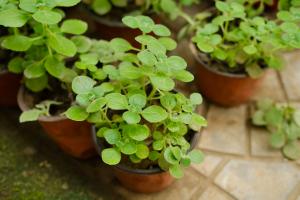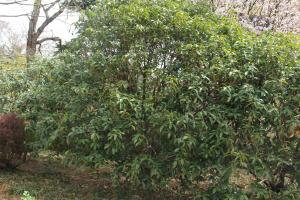Where to Plant Fig Trees in Virginia
Figs are a delicious and nutritious fruit that can be grown in many regions of the United States, including Virginia. Fig trees grow well in warmer climates, and Virginia's temperate climate provides an ideal environment for their cultivation. However, choosing the right location is crucial to ensure the growth and health of your fig trees. In this article, we'll explore the best places to plant fig trees in Virginia.
Climate and Soil Conditions
Before we look at specific locations to plant fig trees, it's important to consider the climate and soil conditions necessary for their growth. Figs thrive in warm climates with moderate humidity, and Virginia's weather is ideal for their cultivation. However, fig trees also require well-draining soil with a pH between 6.0 and 6.5. You can test your soil's pH using a soil test kit, which can be purchased at your local nursery or online. If your soil is too acidic or alkaline, you can amend it with lime, sulfur, or other materials to adjust its pH.
Best Locations to Plant Fig Trees in Virginia
Now that we've established the necessary climate and soil conditions, let's take a look at the best locations to plant fig trees in Virginia:
1. Coastal Regions
The coastal regions of Virginia, including Virginia Beach and Norfolk, provide an excellent environment for fig trees. These areas have milder winter temperatures, which allow the trees to thrive year-round. Coastal soil tends to be well-draining, which is beneficial for fig trees. Plus, the proximity to the ocean provides some humidity, which fig trees require to grow.
2. Piedmont Region
The Piedmont region, which includes Richmond and Charlottesville, is also a suitable location for growing fig trees in Virginia. With mild winters and warm summers, fig trees can flourish in this region. The soil in the Piedmont region is also well-draining and can be amended to adjust the pH as needed.
3. Southwest Virginia
If you live in Southwest Virginia, including areas like Roanoke and Blacksburg, you can still grow fig trees. Although the winters are colder in this region, fig trees can be protected with mulch or other materials to prevent damage. The soil in Southwest Virginia is generally well-draining, but may require adjustments to the pH level.
Choosing the Right Spot for Your Fig Trees
Once you've selected the best location for your fig trees, it's important to choose the right spot within that location. Here are some tips for choosing the perfect spot:
Select an area with full sun exposure. Fig trees require at least 8 hours of direct sunlight per day to produce fruit.
Choose an area with well-draining soil. Avoid areas with standing water or soggy soil, as this can lead to root rot.
Plant your fig trees away from other trees or buildings, as they require plenty of space to grow and expand their root systems.
Consider planting your fig trees near a south-facing wall or fence. This can provide extra warmth and protection during the winter months.
Caring for Your Fig Trees
Once you've planted your fig trees, it's important to take proper care of them. Here are some tips for caring for your fig trees:
Water your fig trees regularly, especially during the growing season. Aim to keep the soil consistently moist, but not waterlogged.
Fertilize your fig trees with a balanced fertilizer in the spring and summer months, but avoid over-fertilization, as this can damage the tree.
Prune your fig trees in the late winter or early spring, before new growth begins. Remove any dead or diseased branches, and shape the tree as desired.
Protect your fig trees from pests and diseases by using appropriate insecticides and fungicides as needed. Consult with your local nursery for recommendations.
Conclusion
Growing fig trees in Virginia can be a rewarding experience, as these delicious fruits provide a wealth of benefits. By selecting the right location, choosing the perfect spot, and caring for your trees, you can enjoy a bountiful harvest of figs for many years to come.

 how many times do yo...
how many times do yo... how many planted tre...
how many planted tre... how many pine trees ...
how many pine trees ... how many pecan trees...
how many pecan trees... how many plants comp...
how many plants comp... how many plants can ...
how many plants can ... how many plants and ...
how many plants and ... how many pepper plan...
how many pepper plan...































